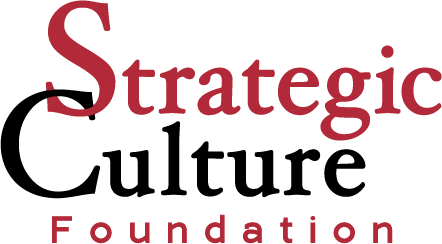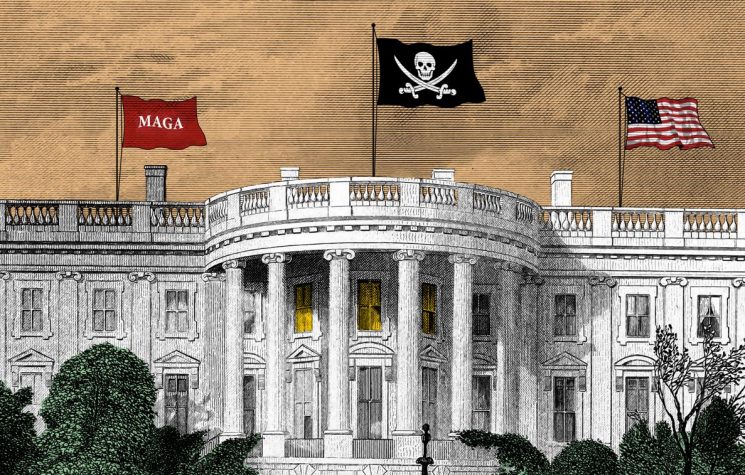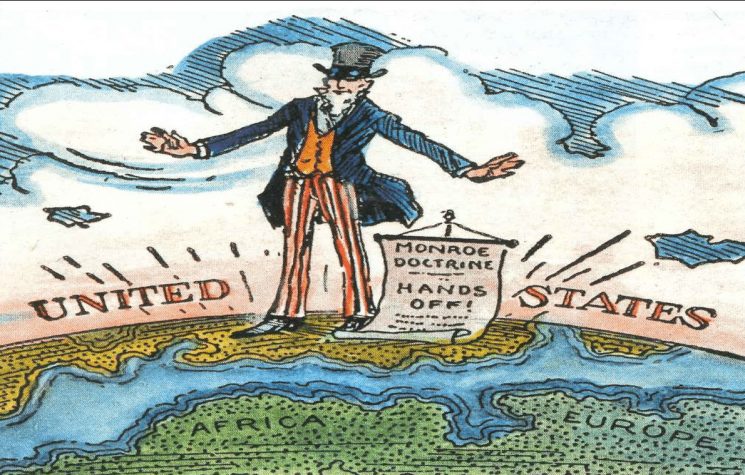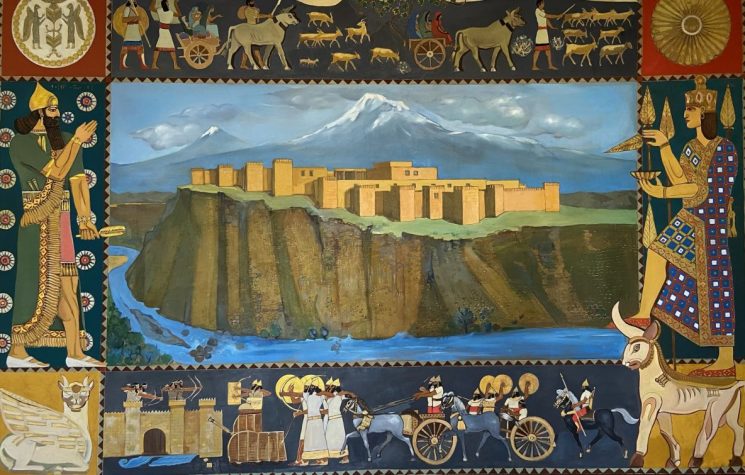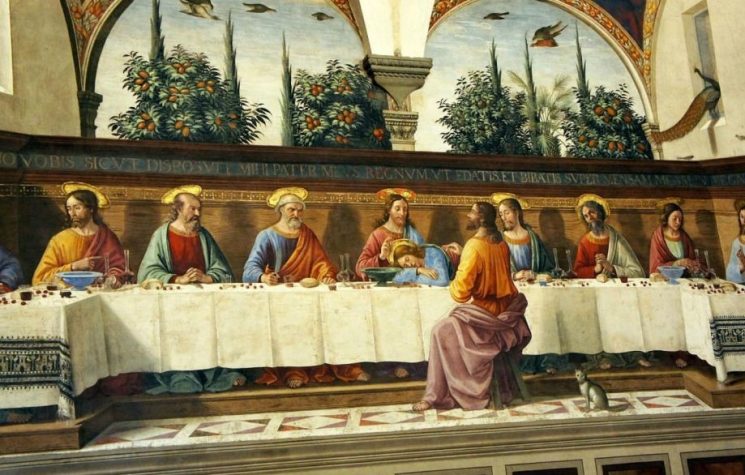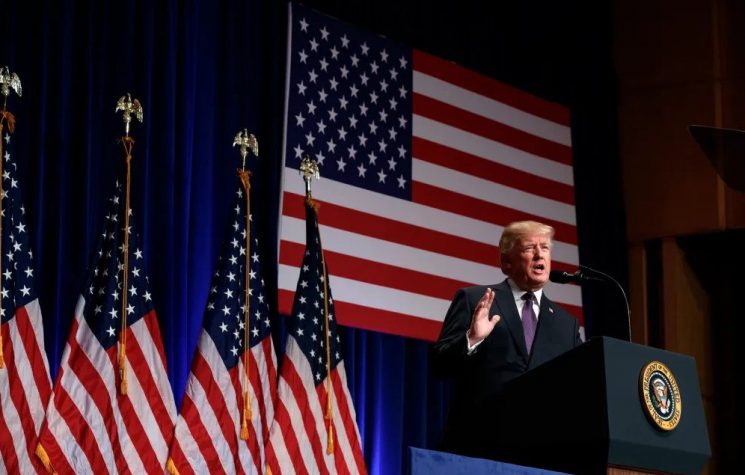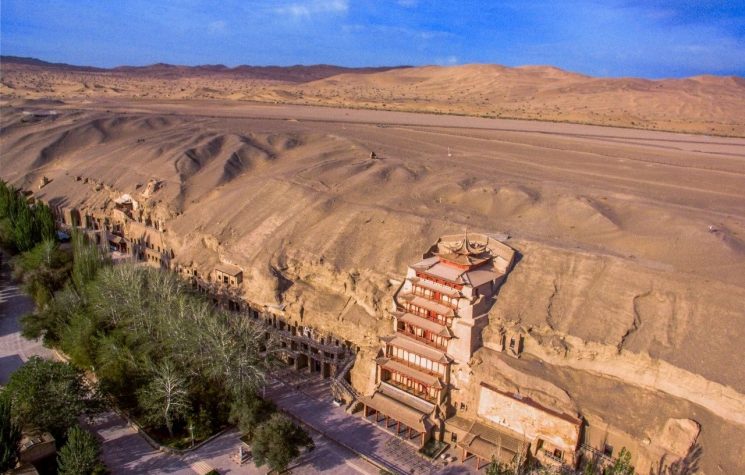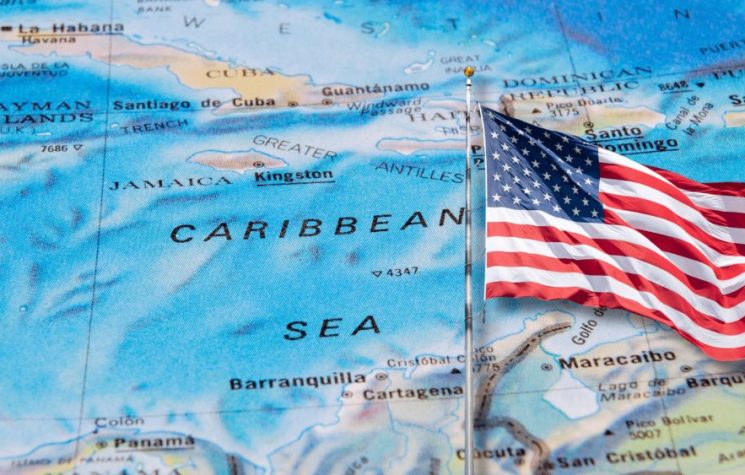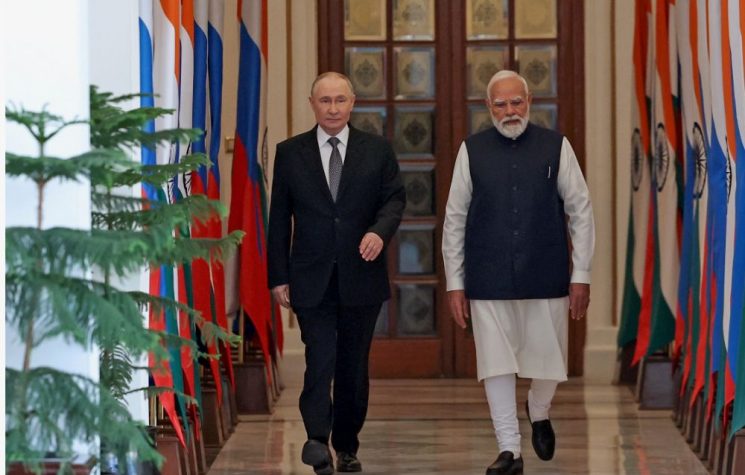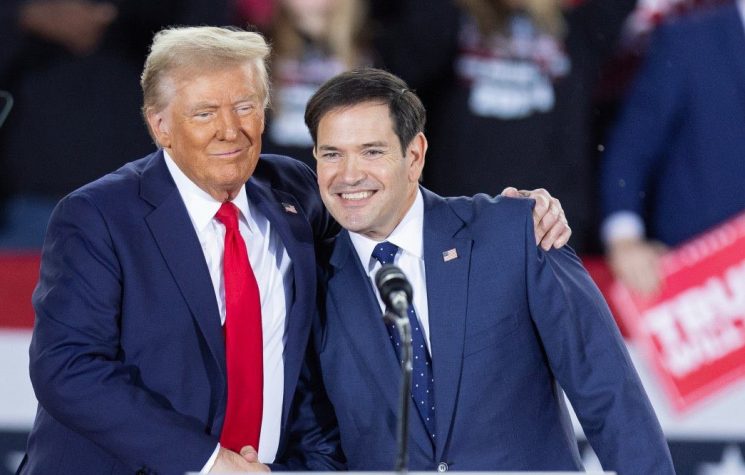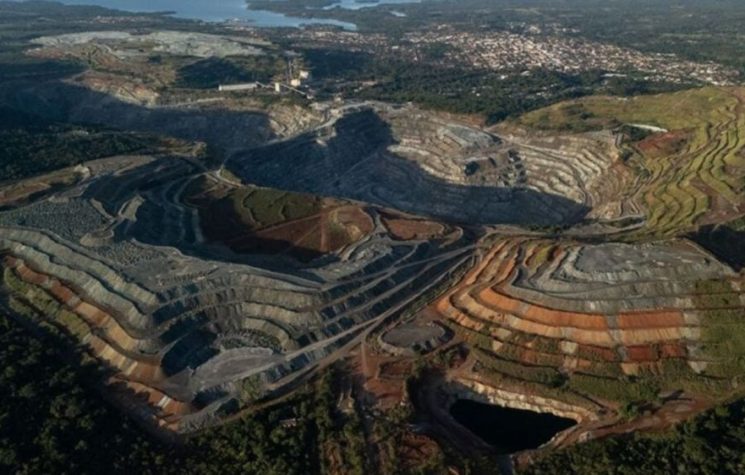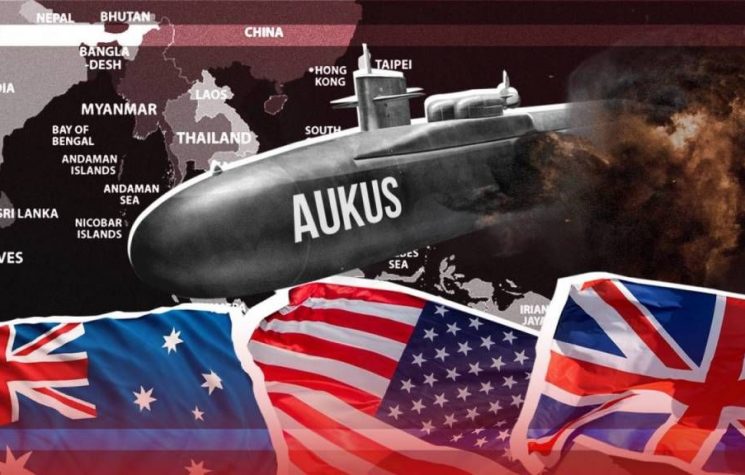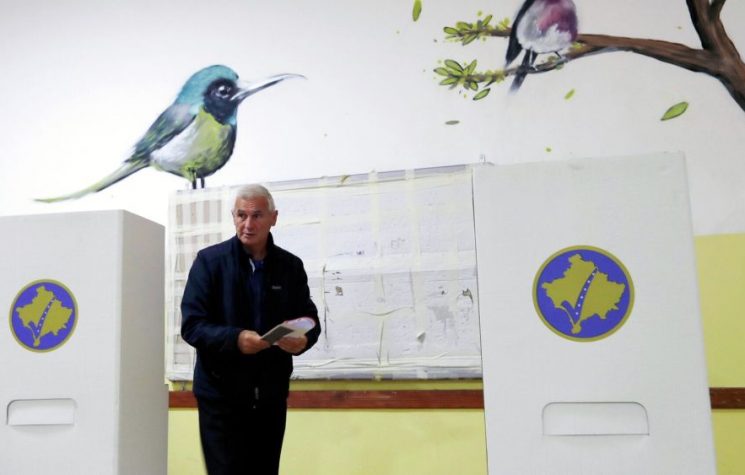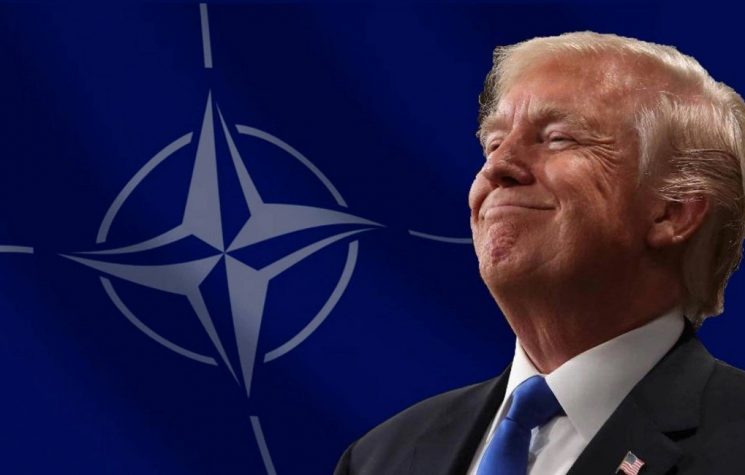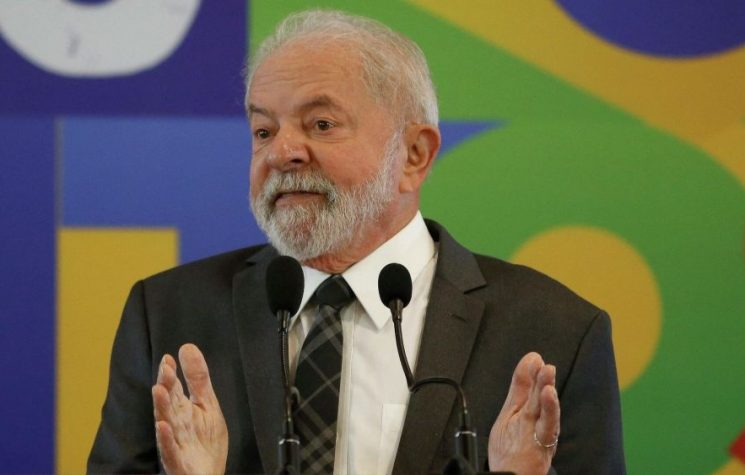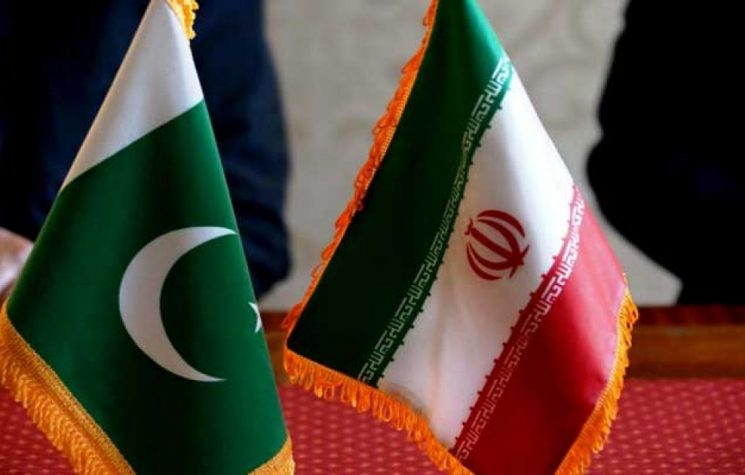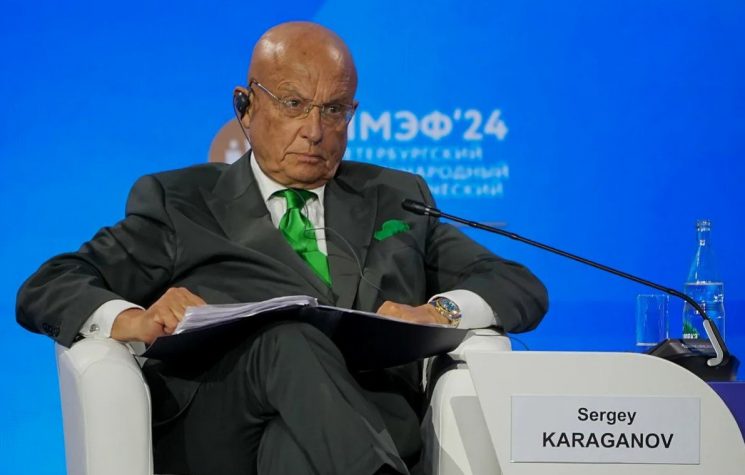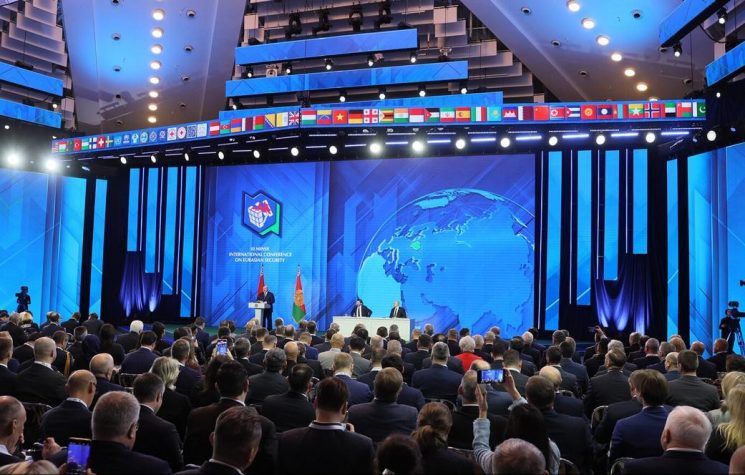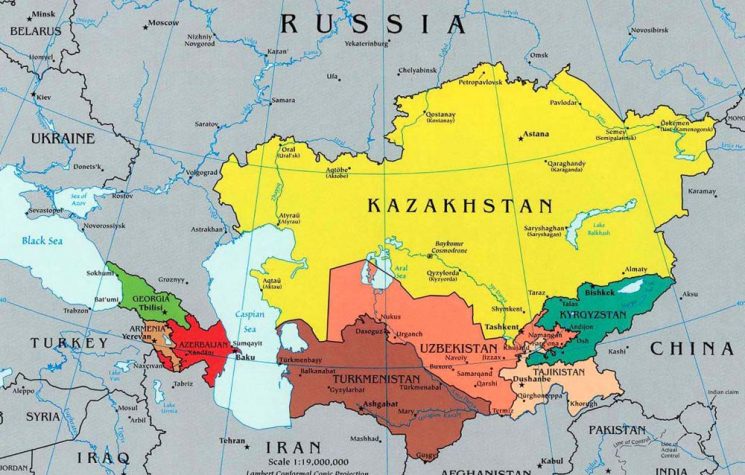So history ruled that no conqueror coming from the West would traverse the Pamirs; that happened with Alexander the Great, and that happened with Islam. But that may well happen with Timur Trump, Conqueror of China.
Join us on Telegram![]() , Twitter
, Twitter![]() , and VK
, and VK![]() .
.
Contact us: info@strategic-culture.su
President Donald Trump did not disappoint when defining centuries of complex Heartland history with a trademark reductionist wise guy zinger:
“It’s a tough part of the world — there’s nobody tougher or smarter.”
Well, every tough guy from Genghis Khan to Timur may now feel relieved. Especially the leaders of the five Central Asian “stans” – Kazakhstan, Kyrgyzstan, Tajikistan, Turkmenistan and Uzbekistan – invited as a group for a White House photo op cum dinner.
As every grain of sand in the Ancient Silk Road knows, bragging is prime Timur Trump territory. He praised an “incredible” trade deal with Uzbekistan – under which Tashkent will be buying and investing almost $35 billion, and up to 2035, $100 billion, in critical areas such as minerals, aviation, infrastructure, agriculture, energy and chemicals, and IT.
No details whatsoever were provided on how Tashkent is going to find that kind of money, and precisely how they plan to invest it. Yet that was the perfect cue for Uzbek President Shavkat Mirziyoyev – a savvy pragmatist – to lavish praise on Timur Trump:
“In Uzbekistan, we call you the President of the world (…) You were able to stop 8 wars (…)
That was faithfully echoed by Kazakh President Kassym-Jomart Tokayev:
“Millions of people in many countries are so grateful to you (…) You are the great leader, statesman, sent by Heaven to bring commonsense & traditions that we all share and value back (…) Under your presidency, America is ushering in a new golden age (…) As President of peace, you, Mr. Trump, brought to an end eight wars just within eight months.”
And right on cue Tokayev duly announced that Kazakhstan is ready to sign the – collapsing – Abraham Accords, which is quite redundant, considering that Astana already normalized Israel way back in 1992 and always had relatively close relations with Tel Aviv.
Translation: the Abraham Accords scam is part of a give and take featuring the US-Kazakh signing of a tech metal/rare earth deal. The only vector that matters here is the US-Israel mad supply chain scramble to bypass China’s rare earth restrictions and continue to provision their tech/Defense realm.
Central Asia after all is quite rich in rare earths and also uranium. The problem is for the moment Kazakhstan exports way more minerals to Russia-China than to the US.
Timur Trump anyway was beaming: “A tremendous country with a tremendous leader” – referring to Tokayev.
Well, this “tremendous” country happens to be a full member of the SCO; a BRICS partner (as well as Uzbekistan); a Belt and Road Initiative (BRI) partner, very close to China; a full member of the Eurasian Economic Union (EAEU); a full member of the Commonwealth of Independent States (CIS).
So Kazakhstan enjoys very close trade relations with the Russia-China strategic partnership. Besides, their language of business is still eminently Russian.
Cue once again to the heart of the matter: Timur Trump seems dead set on blowing up the BRICS/SCO combo from the inside. Short of the proverbial color revolution attempts, of course – if the “stans” don’t behave. Incidentally it was Putin and the Russian military that personally saved the Tokayev government during the latest color revolution attempt in Kazakhstan, which was coordinated from neighboring Kyrgyzstan.
The lineaments of a strategic pivot
Timur Trump even mentioned that he wants to revive “Silk Road connections”. Well, at least he was not referring to Hillary Clinton in the early 2010s trying to build a nonsensical American version of the Silk Road with Afghanistan – still at war – at the center.
Timur Trump was referring to the “C5+1” framework – the US plus the “stans”. That has absolutely nothing to do with “stability”: it’s all about strategic expansion. Especially now that the Empire of Chaos, after two decades and trillions of dollars, managed to replace the Taliban with the Taliban and for all practical purposes should say goodbye to Afghanistan, which is being progressively integrated into the SCO and BRI, as a parallel project to the China-Pakistan Economic Corridor (CPEC).
So the Timur Trump show boils down to propelling a possible avalanche of US investment and hence to be more embedded – and influential – in the Central Asian sphere. It has much less to do with wobbly mineral supply chains or loads of mirific “investment” than going for a strategic pivot. Talk about a pipe dream.
And when it comes to pipes, deceased war criminal Dick Cheney in the mid-2000s tried everything to turn Pipelineistan in the Heartland to the US’s advantage – sending trade “missions” around the clock. It all came down to nought.
Russia is very much aware that the Empire of Chaos may be trying to stage a comeback in the Heartland chessboard – with embedded influence coming from all the usual suspects such as an array of NGOs, “educational” programs and “management committees”.
Timur Trump views the “tremendous” Heartland monolithically – assuming he can properly point them on a map (forget about their history). They used to be part of Russia – as in the USSR – so now they need to be open to maximum American onslaught. It’s as simple as that.
Russia, predictably, is not losing any sleep. Kremlin Spokesman Dmitry Peskov: “Cooperation between Central Asian countries and the United States at the C5+1 venue is quite natural”. Peskov and the Russian leadership are very much aware Russia and the Central Asian “stans” meet all the time, and discuss everyhting: that last time was little over a month ago.
So why now – the Timur Trump offensive? Well, the Empire of Chaos is unleashing its fury all across the Global South, considering its impotence to really subdue Russia-China. Previously, Uzbekistan’s Mirziyoyev and Kazakhstan’s Tokayev had met with US business leaders on the sidelines of the 80th session of the UN General Assembly in New York. Of course they talked business.
And they know the drill. Washington still has total leverage over the global financial market. It’s not wise to antagonize the King of the Jungle. Crippling sanctions can be just around the corner. As long as the “stans” can capitalize on the imperial obsession with oil, gas and rare earths, fine. It’s a completely different story, from the point of view of Russia-China, if the issue of US military bases in Central Asia is back on the table.
Now let’s build a pyramid of skulls
There are more – fascinating – parallels between Timur Trump and his “Iron Lord” predecessor than meets the eye.
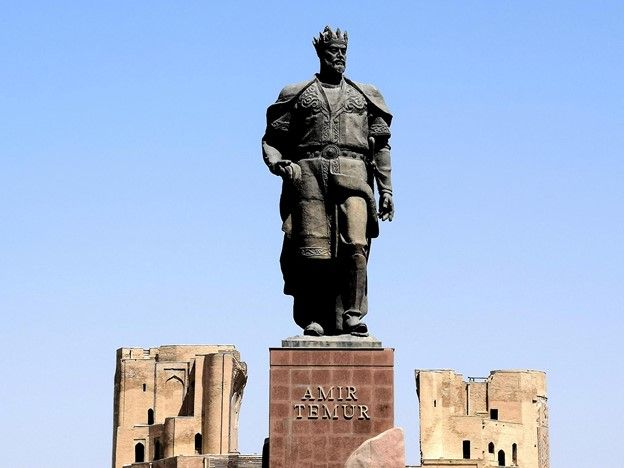
Timur in Shahrisabz, Uzbekistan. Photo: P.E.
Timur vaunted himself as a relative of Genghis Khan, the Absolute Conqueror – and his role model. History as written by the West framed Timur as a feral legend: a perpetrator of serial massacres in times when you needed to inflict unspeakable horrors to be regarded as properly cruel.
The Timur legend features endless gory piles or “towers” of beheaded foes and/or their skulls: a Mongol tradition infused with religious meaning, taken by Timur to the degree of a scientific method. For Timur, there was above all meticulous order in horror. Cue to 120 towers of 750 heads each arranged in Baghdad – or 70,000 heads in Isfahan equitably divided and laid out between his army corps.
Intellectuals, artisans, artists, religious figures though were spared. Once again, Timur systemized and regulated a Mongol principle: competent and useful prisoners should be kept alive.
A key strategic principle was to exterminate whoever resisted so in the end there should be no resistance, and citadels would fall voluntarily. With Timur that become a code. Immediate capitulation was rewarded with lives saved; the enemy must submit and pay ransom. If resistance took too long, the city would pay the price, including pillaging, but civilians would be spared. Third summation: hell, as in raping, pillaging and total extermination.
Yet the Emir did not rule as an Oceanic Khan just by being cruel. Timur launched a war of (italics mine) terror – but he did not provoke any collective belief in the end of the world. Europe, by the way, loved him. Because he prevented the Golden Horde from crushing Russian Orthodox Christians; and because he made a deal with the basileus of Constantinople, before defeating the worst enemy of Christianity, the Ottoman Turk Bajazet.
So Timur was an objective ally of the West. Certainly not a danger. Besides, he was very strong on diplomacy. Before the One Hundred Year War destroyed his kingdom, Charles VI of France received a letter written in gold leaves and bearing Timur’s seal: three circles that symbolize the conquest of the Universe. Timur wanted a trade deal. In the end, because of European incompetence, it came down to nothing.
Timur’s court was no bling bling Mar-al-Lago: it was an apex of real opulence and luxurious taste, fabulous jewels, itinerant elephants, sumptuous garb, fabulous houses.
He has been buried in Samarkand – splendidly isolated from the other Timurids, in an austere tomb topped by a black jade monolith. He rests behind his spiritual master, Sayyid Baraka, and the inscription at the shrine’s portal is pure Sufi: “Blessed is he who refused the world before the world refused him”.
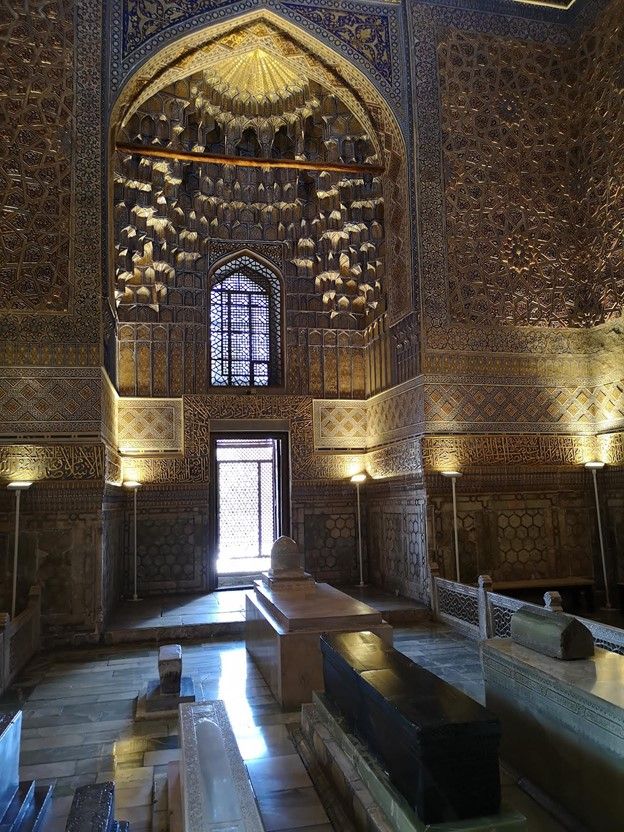
Timur’s tomb in Samarkand. Photo: P.E.
Timur was essentially a tribal Turk; a Muslim; and ideologically, a Mongol. A walking contradiction, really. Even if he spent part of his life fighting the heads of the Golden Horde and other Mongols, much more Mongols than himself, he proclaimed himself as the successor to the Oceanic Khan.
Even as he defeated the Ottoman Bajazet, offering de facto an extra time of 50 years to Constantinople, he was a Turk.
And even if he allied himself with Christians and paid his respects to pagan deities, in the best shamanistic tradition, he also saw himself as a man of the Quran: he went to war carrying a portable mosque.
Timur had the ultimate Silk Road dream: he wanted to conquer China. Even when Mongol unity had become a fiction; when the Yuan emperor was totally Sinicized and turned out to be very different from the Turk-Mongols of Transoxiana, they still recognized the suzerainty of the Yuan dynasty.
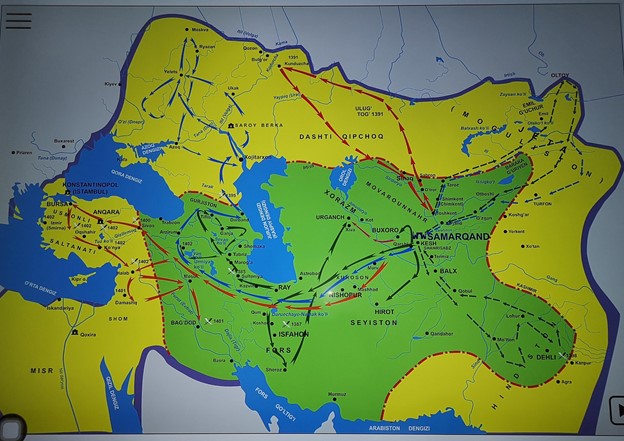
In Samarkand: Timur’s empire – ever expanding. But he never conquered China. Photo: P.E.
But with the Ming dynasty, it was a completely different story. Timur was preparing a conquering expedition when he died in Otrar – in today’s southern Kazakhstan – with a fever, in 1405, after dictating his testament and leaving 100,000 soldiers in a void.
The Ming dynasty had escaped the Supreme Peril. So history ruled that no conqueror coming from the West would traverse the Pamirs; that happened with Alexander the Great, and that happened with Islam.
But that may well happen with Timur Trump, Conqueror of China. In his own mind, of course.

